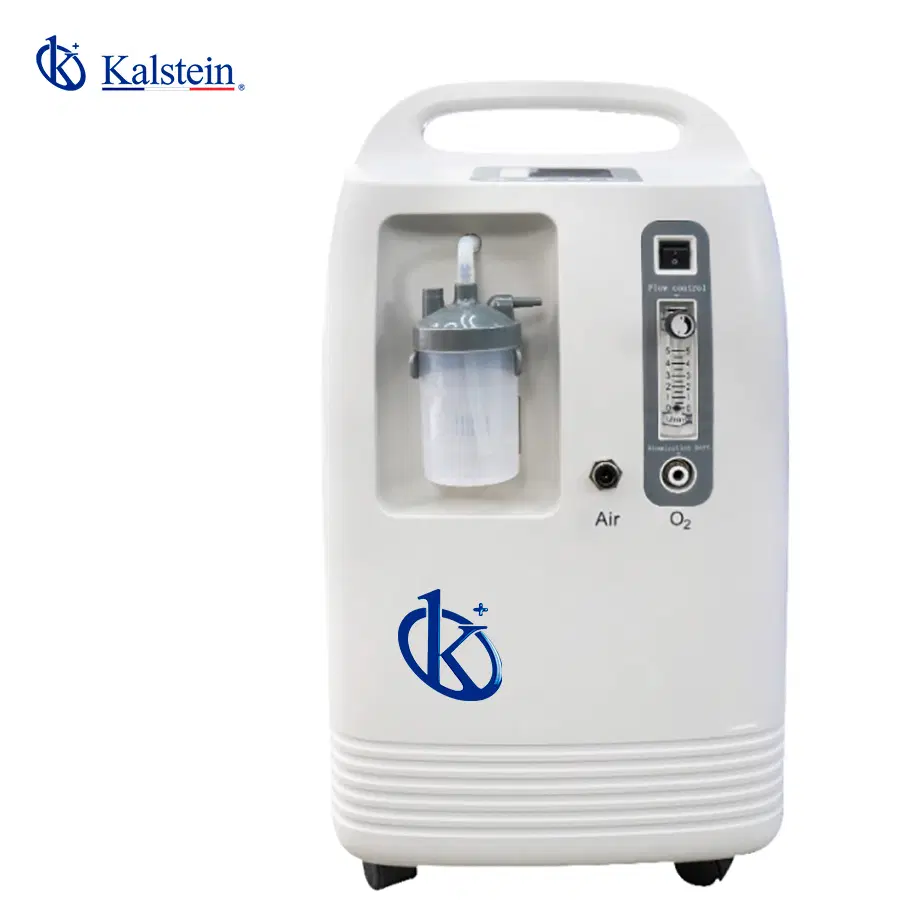A stationary oxygen concentrator is a medical device designed to provide a continuous supply of oxygen to individuals with chronic respiratory problems. Unlike portable concentrators, these devices are intended for use in a single location, such as a home or clinic, allowing for a more constant and reliable flow of oxygen. Medical innovation has made these concentrators more efficient and quieter, significantly improving the quality of life for users.
The operation of a stationary oxygen concentrator is simple yet highly effective. It uses an advanced filtration system to draw in air from the environment, remove nitrogen, and concentrate the oxygen, thus providing a supply of high-purity oxygen. This continuous process ensures that users receive the adequate amount of oxygen to maintain their blood oxygen saturation levels within a healthy range, facilitating medical research on respiratory diseases.
Benefits of Using a Stationary Oxygen Concentrator
The benefits of using a stationary oxygen concentrator are numerous and significant for patients with chronic respiratory diseases. One of the primary benefits is the ability to provide a constant flow of oxygen, which is crucial for maintaining stable blood oxygen levels throughout the day and night. This constancy is vital for patients with COPD, pulmonary fibrosis, and similar conditions.
Another important benefit is the reduction in long-term costs. Although the initial investment may be higher compared to other devices, the stationary oxygen concentrator eliminates the need for refillable oxygen cylinders, potentially resulting in considerable savings over time. Additionally, these devices are designed to be durable and require minimal maintenance, making them an economical and efficient choice.
Unique Features of Stationary Oxygen Concentrators
Stationary oxygen concentrators come equipped with several unique features that make them indispensable for many patients. One of the most notable features is the ability to adjust the oxygen flow according to the individual needs of the patient, allowing for personalized therapy. This flexibility is crucial for adapting to the variations in patients’ oxygen needs throughout the day.
Another important feature is the integration of monitoring and alarm systems. These systems ensure that the device operates correctly and alert the user in case of any issues, such as a drop in oxygen concentration or a power supply interruption. This safety feature is vital to ensure that patients receive uninterrupted treatment, facilitating medical research in oxygen therapies.
How Stationary Oxygen Concentrators Solve Specific Problems?
Stationary oxygen concentrators address several specific problems faced by patients with chronic respiratory diseases. One of the main issues is limited mobility due to the constant need for oxygen. With a stationary concentrator, patients can enjoy greater freedom of movement within their home without worrying about running out of oxygen.
These devices also solve the problem of oxygen administration during the night. Many patients experience a drop in oxygen levels while sleeping, which can lead to serious complications. A stationary oxygen concentrator can provide a continuous and adjusted supply of oxygen throughout the night, ensuring that blood oxygen levels remain stable, which is crucial for medical research in managing sleep apnea and similar conditions.
Medical Innovation in Stationary Oxygen Concentrators
Medical innovation has played a fundamental role in developing more efficient and effective stationary oxygen concentrators. Advances in air filtration and compression technology have enabled the creation of more compact and quieter devices, improving the user experience. Additionally, the integration of digital technology has allowed for more precise monitoring and customization of oxygen therapy.
These innovations not only improve the quality of life for patients but also facilitate ongoing medical research. The data collected by modern concentrators can be used for studies and analyses aimed at improving oxygen therapies and developing new treatments for respiratory diseases. Medical innovation in this field is therefore essential for advancing medical research and providing better outcomes for patients.
The Importance of Medical Research in the Use of Oxygen Concentrators
Medical research is crucial for understanding and optimizing the use of stationary oxygen concentrators. Clinical studies and trials have shown that the proper use of these devices can significantly improve the quality of life for patients with chronic respiratory diseases. Research has also led to the identification of best practices for the use and maintenance of these devices, ensuring their efficiency and longevity.
Furthermore, medical research continues to explore new applications and benefits of oxygen concentrators. For example, the effects of supplemental oxygen in treating non-respiratory conditions such as heart failure and cancer are being investigated. These studies have the potential to expand the use of oxygen concentrators and provide new therapeutic options for a variety of medical conditions, highlighting the importance of medical research in innovation and the development of effective treatments.
If you’re seeking a blend of innovation and quality, you’ve come to the right place. At https://kalstein.pl/category-product/medical-line/oxygen-concentrator/ we offer you the luxury to explore our exclusive catalog of laboratory equipment. We manufacture each piece of equipment with a level of excellence. Our intuitive and agile online shopping channels are designed for your convenience, ensuring the friendliest prices. Don’t hesitate any longer, we bring science to life, it’s time to become part of our community. https://kalstein.pl/

